
Deutsch-Chinesische Enzyklopädie, 德汉百科
 France
France

 Education and Research
Education and Research
 France
France

 Ile-de-France
Ile-de-France
 UNESCO
UNESCO
 Irina Bokowa
Irina Bokowa
 UNESCO
UNESCO
 Audrey Azoulay
Audrey Azoulay
 UNESCO
UNESCO
 Amadou-Mahtar M'Bow
Amadou-Mahtar M'Bow
 UNESCO
UNESCO
 Federico Mayor Zaragoza
Federico Mayor Zaragoza
 UNESCO
UNESCO
 Jaime Torres Bodet
Jaime Torres Bodet
 UNESCO
UNESCO
 John Wilkinson Taylor
John Wilkinson Taylor
 UNESCO
UNESCO
 Julian Huxley
Julian Huxley
 UNESCO
UNESCO
 Kōichirō Matsuura
Kōichirō Matsuura
 UNESCO
UNESCO
 Luther Evans
Luther Evans
 UNESCO
UNESCO
 René Maheu
René Maheu
 UNESCO
UNESCO
 Vittorino Veronese
Vittorino Veronese

 World Heritage
World Heritage

 Important International Organizations
Important International Organizations




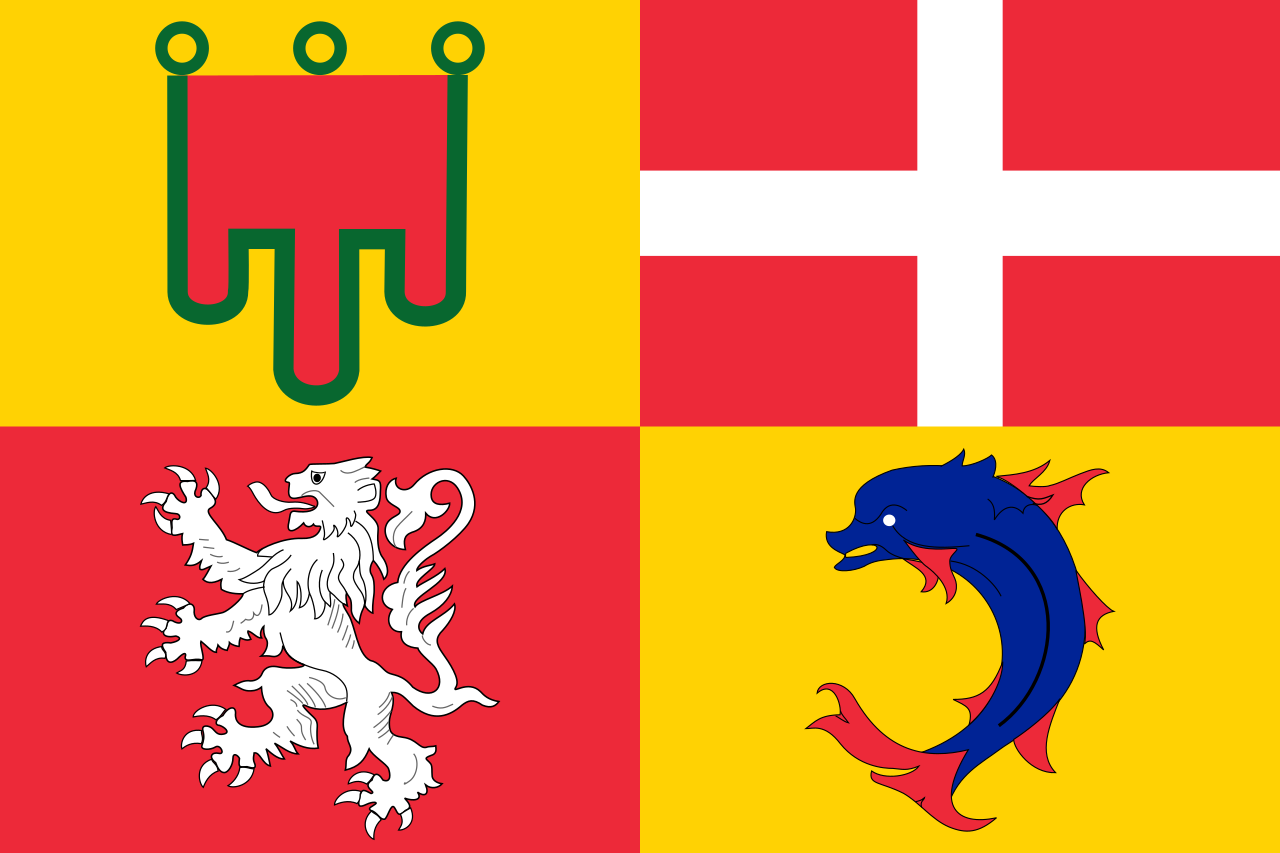 Auvergne-Rhône-Alpes
Auvergne-Rhône-Alpes
 Breakthrough Prize
Breakthrough Prize
 Breakthrough Prize in Life Sciences
Breakthrough Prize in Life Sciences

 Colleges and Universities in Europe
Colleges and Universities in Europe
 France
France

 Chancellerie des universités de Paris
Chancellerie des universités de Paris

 Colleges and Universities in Europe
Colleges and Universities in Europe
 France
France

 Ile-de-France
Ile-de-France
 Universities in France
Universities in France
 Sorbonne University group
Sorbonne University group


 CESAER
CESAER
 Chancellerie des universités de Paris
Chancellerie des universités de Paris

 Colleges and Universities in Europe
Colleges and Universities in Europe

 Ile-de-France
Ile-de-France
 Universität Paris-Saclay
Universität Paris-Saclay
 Universities in France
Universities in France




 Chancellerie des universités de Paris
Chancellerie des universités de Paris
 France
France

 Ile-de-France
Ile-de-France
 Nobel prize
Nobel prize
 Nobel Prize in Chemistry
Nobel Prize in Chemistry
 Nobel prize
Nobel prize
 Nobel Peace Prize
Nobel Peace Prize
 Nobel prize
Nobel prize
 Nobel Prize in Literature
Nobel Prize in Literature
 Nobel prize
Nobel prize
 Nobel Prize in Physics
Nobel Prize in Physics
 Nobel prize
Nobel prize
 Nobel Prize in Physiology or Medicine
Nobel Prize in Physiology or Medicine
 Nobel prize
Nobel prize
 Nobel Memorial Prize in Economic Sciences
Nobel Memorial Prize in Economic Sciences
 Nobel prize
Nobel prize
 University/Institute
University/Institute
 Sinology
Sinology


The University of Paris (French: Université de Paris), metonymically known as the Sorbonne (French: [sɔʁbɔn], one of its buildings), was a university in Paris, France, from around 1150 to 1793, and from 1806 to 1970.
パリ大学(仏:Université de Paris)は、かつてフランス共和国のパリに存在した大学。1970年に、パリ、クレテイユおよびヴェルサイユの3大学区にある13の大学に分割された[1]。これらの大学では、多くのノーベル賞受賞者を送り出している他、法学、政治学、科学、物理学、神学などの分野で優秀な学者を輩出している。また芸術の教育機関としても名高い。
Emerging around 1150 as a corporation associated with the cathedral school of Notre Dame de Paris, it was considered the second-oldest university in Europe.[1] Officially chartered in 1200 by King Philip II (Philippe-Auguste) of France and recognised in 1215 by Pope Innocent III, it was later often nicknamed after its theological College of Sorbonne founded by Robert de Sorbon and chartered by French King Saint Louis around 1257.[citation needed]
Internationally highly reputed for its academic performance in the humanities ever since the Middle Ages – notably in theology and philosophy – it introduced several academic standards and traditions that have endured ever since and spread internationally, such as doctoral degrees and student nations. Vast numbers of popes, scientists, intellectuals and royalty were educated at the University of Paris. A few of the Colleges of the time are still visible close to Pantheon and Luxembourg Gardens : College des Bernardins (18, rue de Poissy 75005), Hotel de Cluny (6, Place Paul Painleve 75005), College Sainte Barbe (4, rue Valette 75005), College d'Harcourt (44 Boulevard Saint-Michel 75006), Cordeliers (21, Rue Ecole de Medecine 75006). [2]
In 1793, during the French Revolution period, the university was closed and by Item-27 of the Revolutionary Convention, the college endowments and buildings were sold.[3] A new University of France replaced it in 1806 with four independent faculties: the Faculty of Humanities ("Faculté des Lettres"), the Faculty of Law (later including Economics), the Faculty of Science, the Faculty of Medicine and the Faculty of Theology (closed in 1885).
In 1970, following the May 1968 events, the university was divided into 13 autonomous universities. Although all the thirteen universities that resulted of the original University of Paris split can be considered its inheritors, just three universities of the post-1968 universities inherited the name "Sorbonne", as well as its physical location in the Latin Quarter (i.e. Pantheon-Sorbonne University (Paris I); University of Paris III: Sorbonne Nouvelle; and Paris-Sorbonne University (Paris IV).[4][5][6][7]
From 2010, several of the University of Paris successors started to reorganise themselves into different groups of universities and institutions (COMUE), that, later, were upgraded to "pôles de recherche et d'enseignement supérieur". As a result, various university groups exist in the Paris area, among them Sorbonne Paris Cité, Sorbonne Universities, the University of Paris-Saclay, Paris Lumiéres, Paris-Seine, and so on.[8]
In January 2018, two of the inheritors of the old University of Paris, Paris-Sorbonne University and Pierre and Marie Curie University, merged into a single university called Sorbonne University.[9][10][11]
In 2019, two other inheritors of the University of Paris, namely Paris Diderot University and Paris Descartes University, are also expected to merge.[12]
La nouvelle université de Paris fut créée en 1896 comme regroupement de la faculté des sciences, de la faculté des lettres, de la faculté de droit, de la faculté de médecine, de la faculté de théologie protestante et de l’École supérieure de pharmacie. Elle fut dissoute fin 1970 pour laisser place à treize universités indépendantes.
L'Università di Parigi, conosciuta anche come la Sorbona, fu fondata nel 1170 circa. Fu riconosciuta dal Re Filippo II di Francia nel 1200 e dal papa Innocenzo III nel 1215 (in particolare, dal suo legato pontificio Roberto di Courçon). Soppressa nel 1793 all'indomani della Rivoluzione Francese, fu rifondata nel 1896.
Dal 1º gennaio 2018, con la fusione dei due atenei Paris-Sorbonne e Università Pierre e Marie Curie, è stata istituita un'unica università denominata Sorbonne Université[1][2]
La Universidad de París (en francés: Université de Paris), también conocida como La Sorbona, fue una de las universidades medievales más antiguas y más importantes. Fue fundada a mediados del siglo XII por el obispo de la ciudad y sus instalaciones se situaron cerca de la Catedral Notre Dame de París. En 1200 fue reconocida por el rey Felipe II y en 1215 por el papa Inocencio III. Adquirió rápidamente un gran prestigio, especialmente en filosofía y teología. Se constituyó como asociación de todos los colegios preexistentes en la ciudad de París situados a la orilla izquierda del río Sena (entre ellos La Sorbona, fundado en el año 1215 y con gran prestigio durante la Edad Media debido a su facultad de teología, cuyo nombre se asociaría posteriormente a toda la universidad). Su objetivo era formar a los funcionarios de la administración real (Consejo de Estado, parlamentos, tribunales, hacienda, etc.) y de instituciones eclesiásticas (profesores, médicos, bibliotecarios, obispos, abades, etc.).
Durante la Edad Moderna sufrió una situación de declive. En 1793 fue cerrada y sustituida por escuelas superiores especializadas en derecho, medicina, ingeniería, escuelas normales, etc. Un siglo más tarde, en 1896, se reabrió con cuatro facultades: Derecho, Medicina, Letras y Ciencias.
Tras los sucesos de mayo de 1968 y las reformas de 1968-1971 la universidad se dividió en trece universidades independientes, algunas de ellas multidisciplinares y otras especializadas en determinados ámbitos del conocimiento.
Парижский университет (фр. Université de Paris) — французский университет в Париже, один из старейших в мире; основан в середине XII века; будучи интернациональным образовательным учреждением, очень скоро заслужил европейскую репутацию. Его центром является здание Сорбонны в Латинском квартале на левом берегу Сены.
Как полудуховное общество магистров (преподавателей), подчинённое духовной власти, Парижский университет представлял полный контраст со светскими, республиканскими университетами североитальянских городов; в качестве основного образования (Studium generale) он был, главным образом, высшей школой богословия и свободных искусств, включал в свои программы юриспруденцию только в виде канонического права, а в медицине уступал первенство другим studia generalia.
Став величайшей школой всей Западной Европы, имея среди своих учеников и учителей представителей всех наций и величайших учёных средневековья — Фому Аквинского, Альберта Великого, Раймунда Луллия, Роджера Бэкона, Дунса Скота, Уильяма Оккама, — университет стал высшим авторитетом в вопросах веры и разума и во время падения папства, в эпоху великого раскола, в лице Д’Альи, Герсона и Клеманжи был руководителем католической церкви и сделал попытку реформировать её во главе и членах.
После майских событий 1968 года был преобразован в 1970 году в 13 парижских независимых университетов.

 Colleges and Universities in Europe
Colleges and Universities in Europe

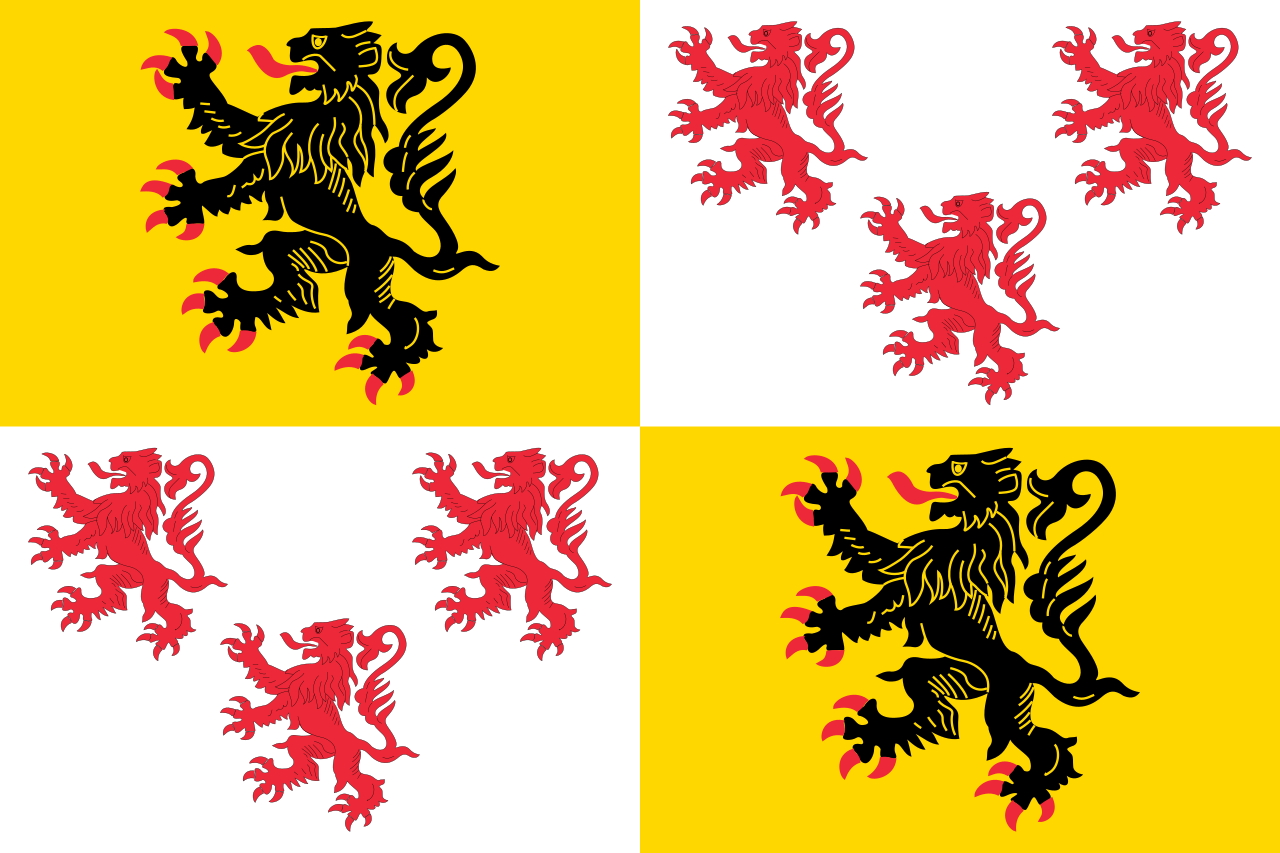 Hauts-de-France
Hauts-de-France
 Universities in France
Universities in France
 Sorbonne University group
Sorbonne University group


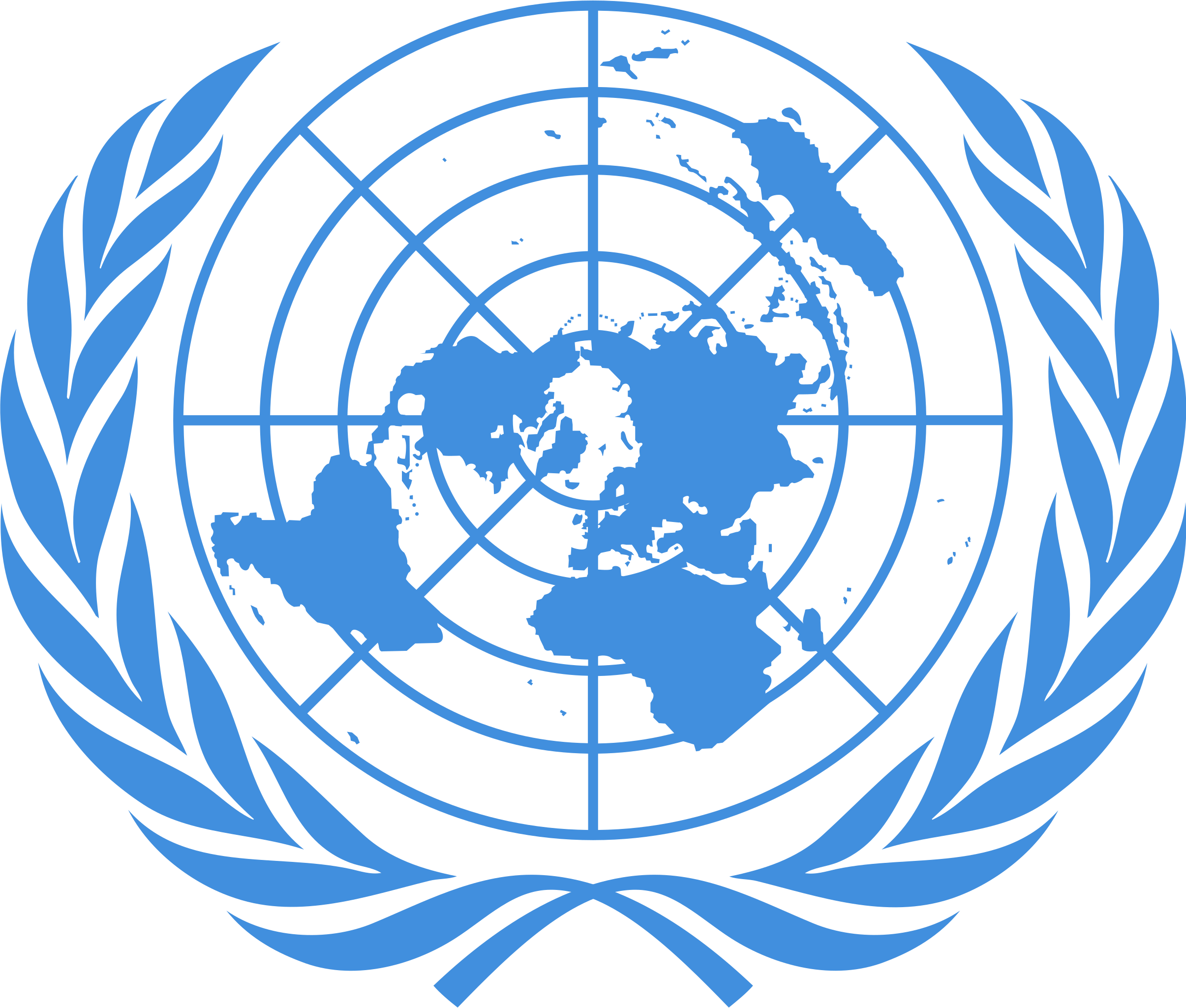 United Nations
United Nations
 Companies
Companies
 History
History
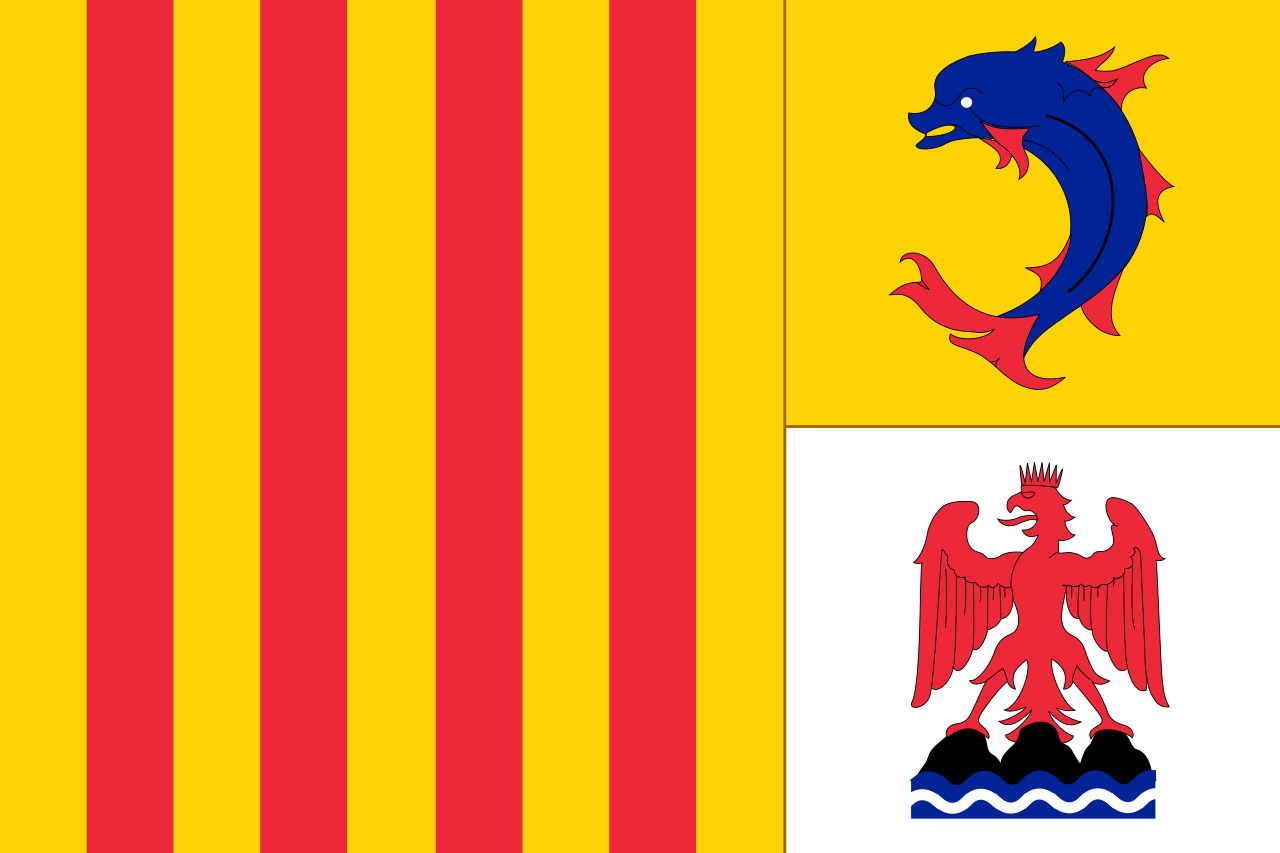 Provence-Alpes-Côte d´Azur
Provence-Alpes-Côte d´Azur
 Centre-Val de Loire
Centre-Val de Loire
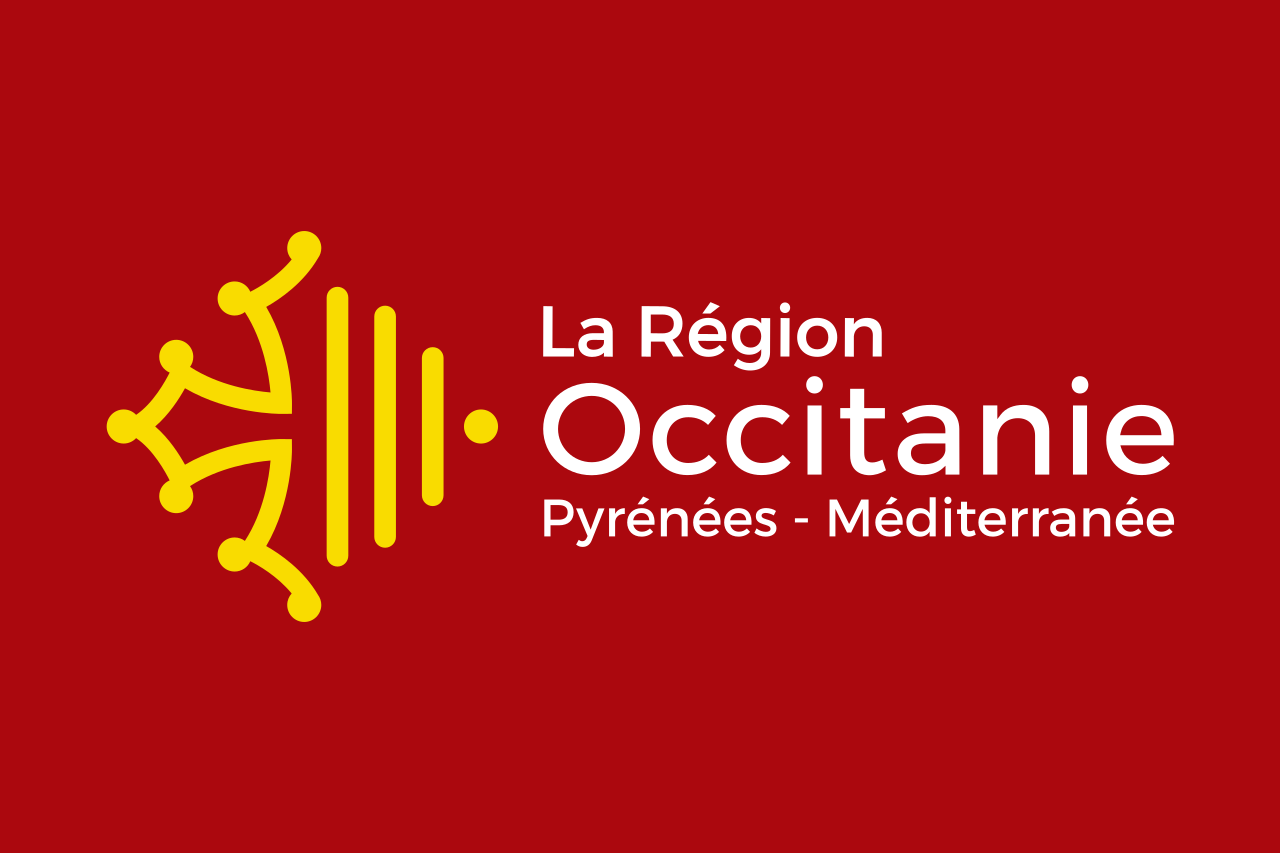 Occitania
Occitania